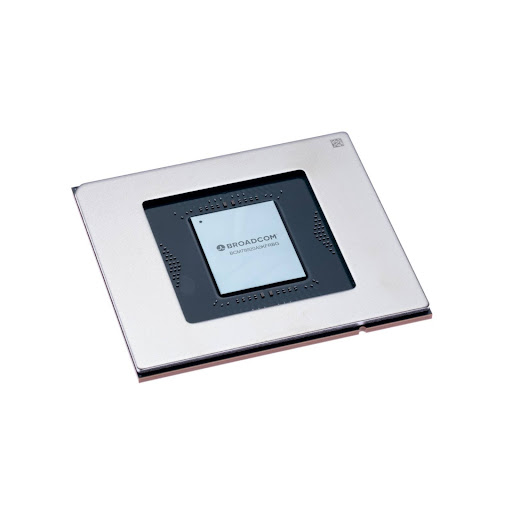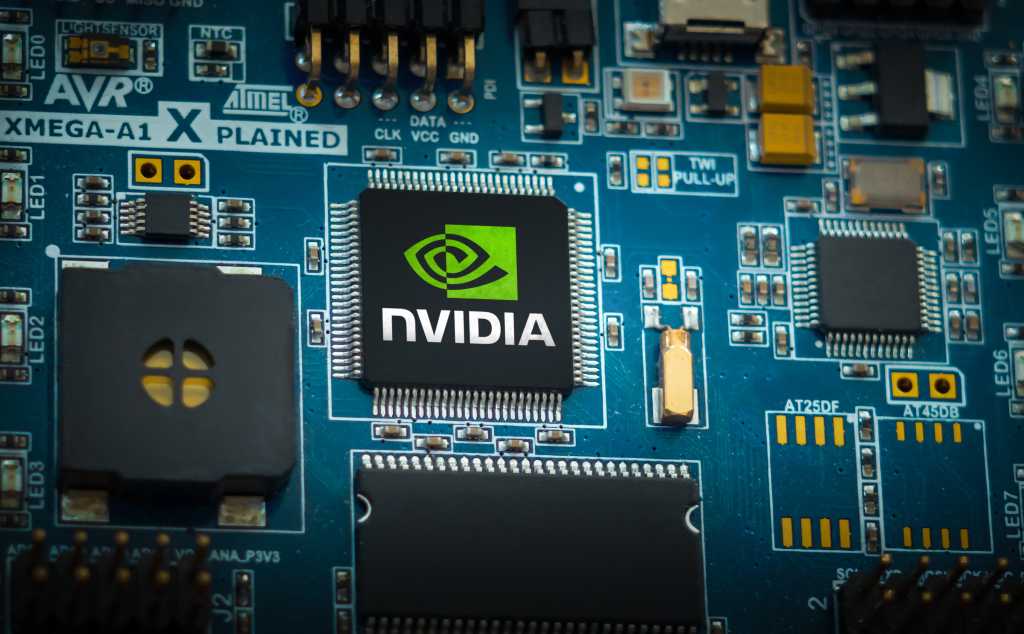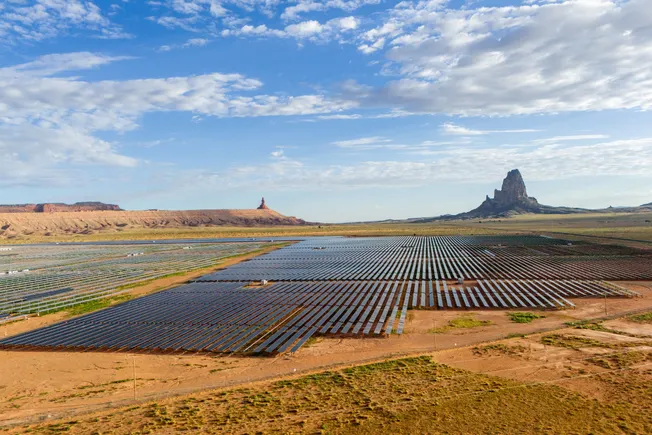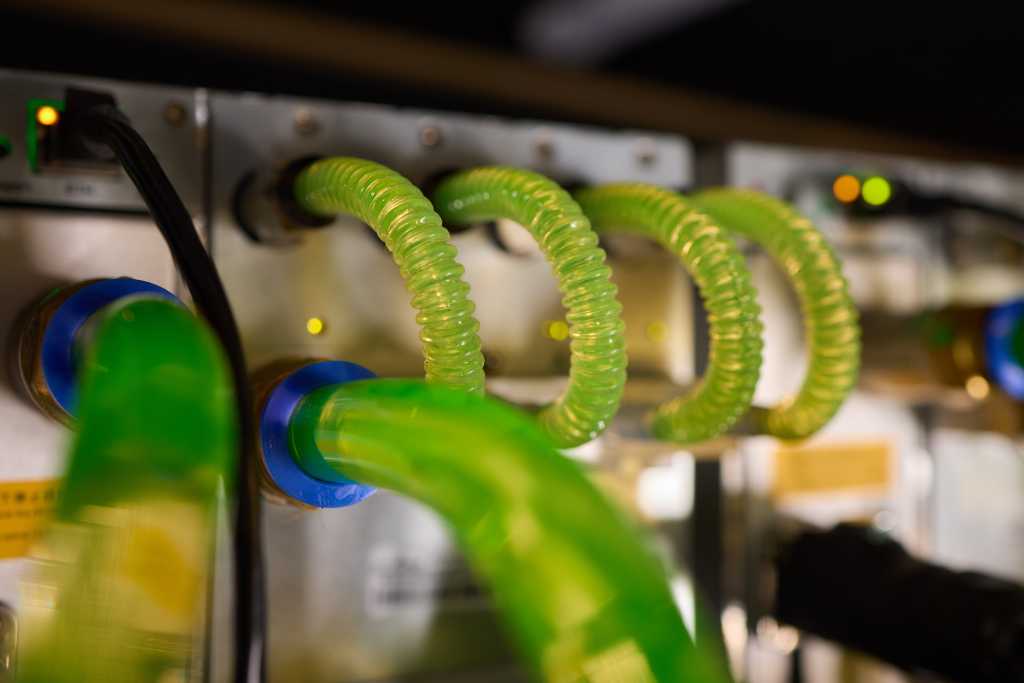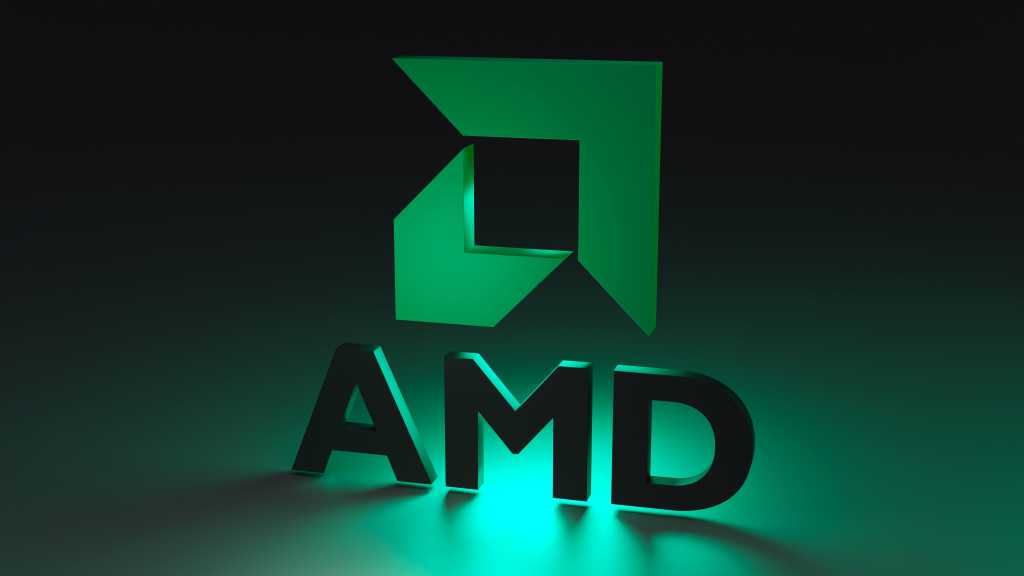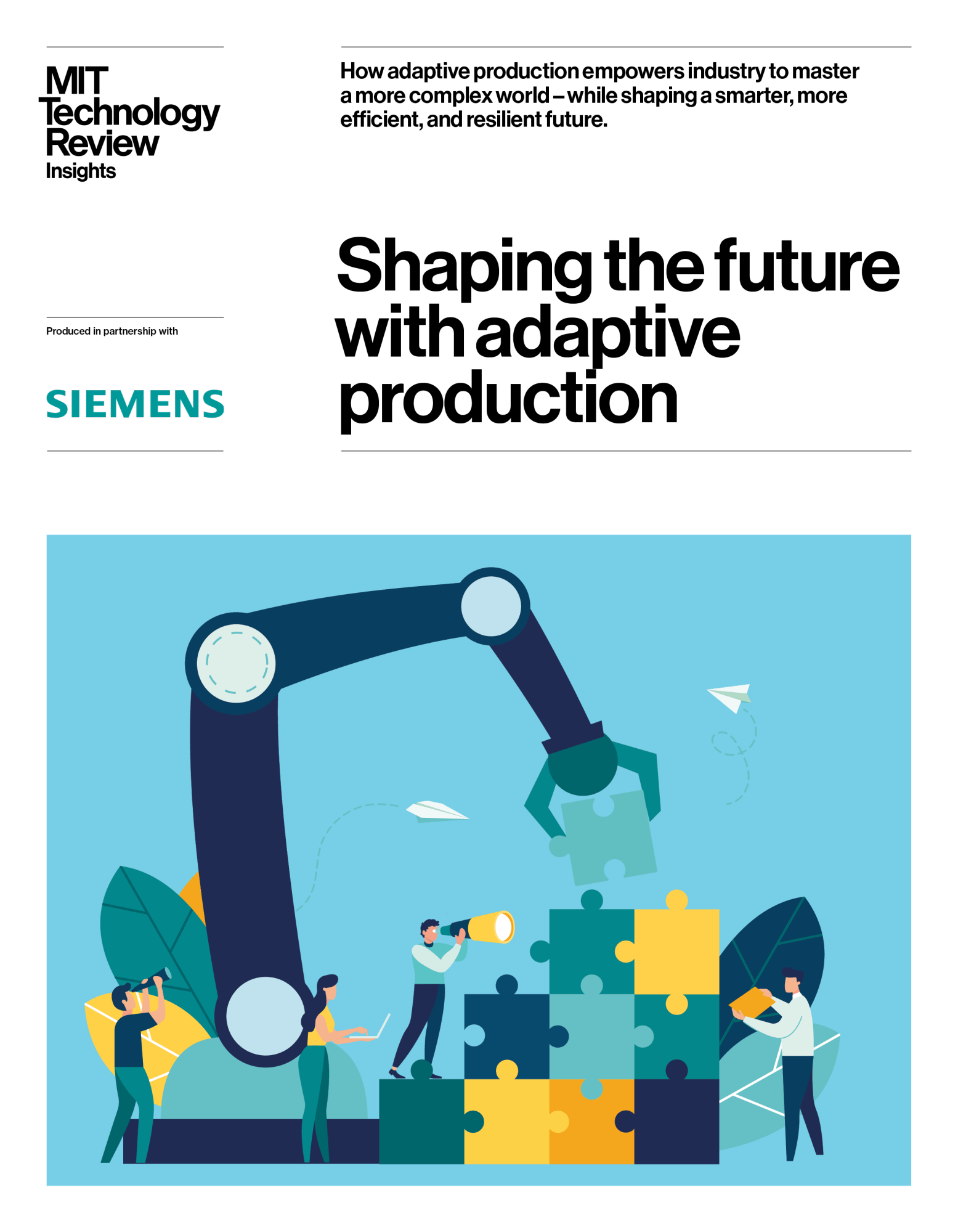
Aker BP ASA on Tuesday reported $2.53 billion in revenue for the second quarter, down from $3.15 billion for Q1 as production and prices fell.
Net liquids and natural gas output averaged 415,000 barrels of oil equivalent a day (boed) in the April-June period, down from 441,400 boed in the prior three-month period.
“The reduction was primarily driven by scheduled maintenance at Valhall and Ula. As a result, average production efficiency across the portfolio decreased slightly to 95 percent, from 97 percent in the previous quarter”, the Norwegian continental shelf explorer and producer said in its quarterly report.
Despite the decrease in Q2 production, Aker BP raised its full-year production guidance to 400,000-420,000 boed from 390,000-420,000 boed.
“The field development portfolio remains firmly on track. Updated baseline estimates confirm steady progress, with several smaller projects advancing ahead of schedule”, it said.
Chief executive Johnny Hersvik said in a statement, “The final investment decisions on Johan Sverdrup Phase 3 and East Frigg this quarter further demonstrate our ability to turn strategy into action and lay the foundation for future growth”.
Aker BP sold 413,800 boed net in Q2, down from 457,600 boed in Q1. Liquids accounted for 356,200 boed of Q2 sales.
“The sales volume reflected an underlift of 1.1 mboepd [thousand barrels of oil equivalent per day], compared to an overlift of 16.1 mboepd in the previous quarter”, it said.
Realized liquids prices averaged $66.9 per boe, down from $75 per boe in Q1. Realized gas prices dropped from $85.2 per boe to $68.7 per boe.
The average production cost per barrel was $7.3, up from $6.5 in Q1.
Aker BP logged a net loss of $324 million ($0.51 per share) for Q2, compared to a net profit of $316 million for Q1. It attributed the net loss to a tax expense of $1.18 billion. Pre-tax profit was $852 million, down from Q1’s $1.94 billion.
Earnings before interest, taxes, depreciation and amortization (EBITDA) totaled $2.22 billion, down from $2.8 billion for Q1. EBIT came at $915 million, down from $1.92 billion for Q1.
Aker BP booked $717 million in impairments, “consisting of technical goodwill on Johan Sverdrup, Valhall, Grieg Aasen and Alvheim, mainly driven by lower forward prices for oil and gas compared to the previous quarter”.
Cash flow from operations stood at $1.24 billion, compared to $2.11 billion for Q1.
Aker BP ended Q2 with $2.75 billion in cash and cash equivalents, while other current assets totaled $2.36 billion. Total available liquidity was $6 billion.
It said it would keep its dividend at $0.63 per share for the third quarter.
To contact the author, email [email protected]
What do you think? We’d love to hear from you, join the conversation on the
Rigzone Energy Network.
The Rigzone Energy Network is a new social experience created for you and all energy professionals to Speak Up about our industry, share knowledge, connect with peers and industry insiders and engage in a professional community that will empower your career in energy.
MORE FROM THIS AUTHOR

